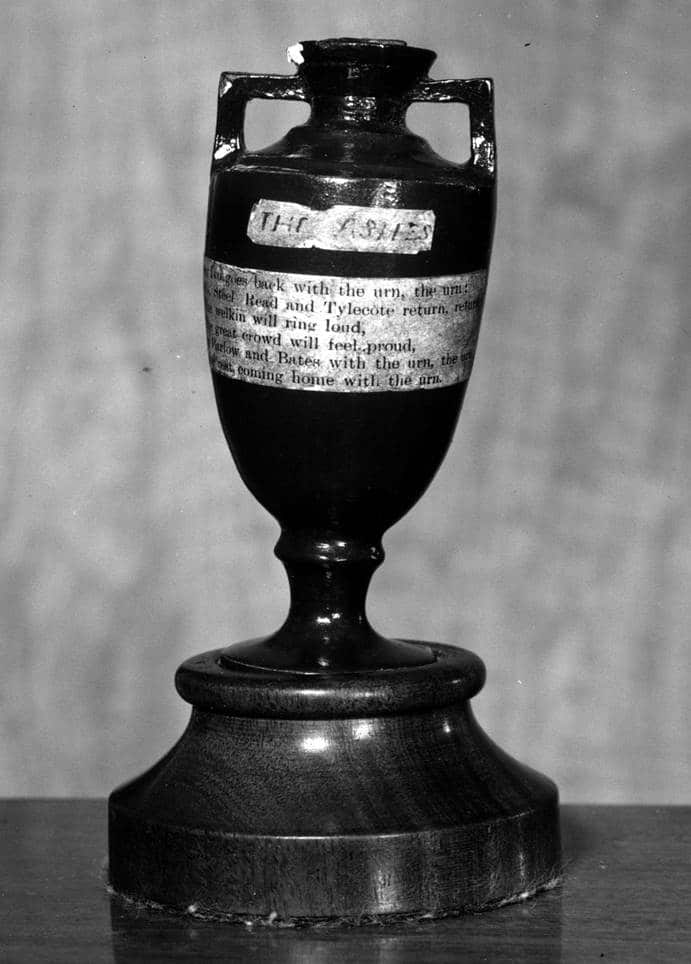I read a fascinating article this morning around some data on the cost of Health in Australia, and how some of our existing health policy may be fashioned from the wrong set of data.
Probably more accurately, the data is there, it is just that the policy makers chose not to drill down into the data to find out more specifically what are the real drivers of costs in a health system.
By grabbing a set of numbers that are maybe 2 or 3 levels removed from more specific identifiers of costs; that is, by not drilling down into the user segments of the Medicare system, then decisions, and ultimately policy, are made as a ‘one size will fit all’ approach.
Clearly from the data presented in this article, it shows poorly managed analysis of the numbers, leads to poor decision making with respect to policy, and ultimately huge costs to the Health system which could be avoided.
Is your business using the right set of numbers to analyse how well your business is performing?
What are the real value drivers to your business – the Process that gets you the Results?
In a recent talk given by Craig Hanks, Principal Corporate Finance, RSM Bird Cameron, he outlined some of these drivers for SME companies which will improve the valuation of a business and if in the market will help the ‘multiples’ for investor buy-in :
- Is there an operating & effective advisory board
- Does the senior management team provide the necessary leadership & skills to the business
- What does the ‘pipeline’ of business look like
- Along the pipeline, what has been the historical conversion rate
- What is the % of write-offs in terms of billings in order to maintain business
- What IP does the business hold
In my role as Head Coach of cricket teams, I was always searching for the Process measures, the value drivers, to get the results that all stakeholders were seeking.
The Australian Cricket team had a mantra which it used in One Day International (ODI) cricket of the 3Ps – Patience, Partnerships & Pressure. Basically if we were able to demonstrate patience in our game play through good decision making; we coupled that with partnerships between a batting pair, a bowling pair, a fielding unit; and then sustained these for a period of time we could build Pressure on our opposition. With an ability to exert Pressure on the opposition, it placed us in a better position to win moments, periods, sessions, days and ultimately games.
But like the Health system numbers, if I left the level of analysis at a ‘one size fits all’, then each of the 3 P’s which are different for each player, would not work.
So we drilled down into the numbers and provided numbers which meant something for our team ‘segments’, eg batsmen, bowlers, fieldsmen. And then even within these segments, we recognised differences within each segment.
So for example Patience was defined for the batting group as the number of balls faced before the batsman was dismissed. This average number, based on the data over a number of years was then the individual’s benchmark number for Patience.
One of our value drivers was the training system. So as coaches we would set about finding ways that we could improve our training of our batsmen so that we could over time, increase the number of balls batsmen would face before dismissal.
The outcome of this approach was that as we increased the number of balls a batsman faced, then that meant he was scoring more runs. More runs meant it enhanced Partnerships and Pressure which ultimately leads to winning games – Results.
The book, “Moneyball” by Michael Lewis is a very good example of having all the data at hand, but looking at the right numbers to affect performance.
Back to your business – are you looking the right numbers? And if you are, is that translating into good decision making based around the value drivers of your business?
John Buchanan








